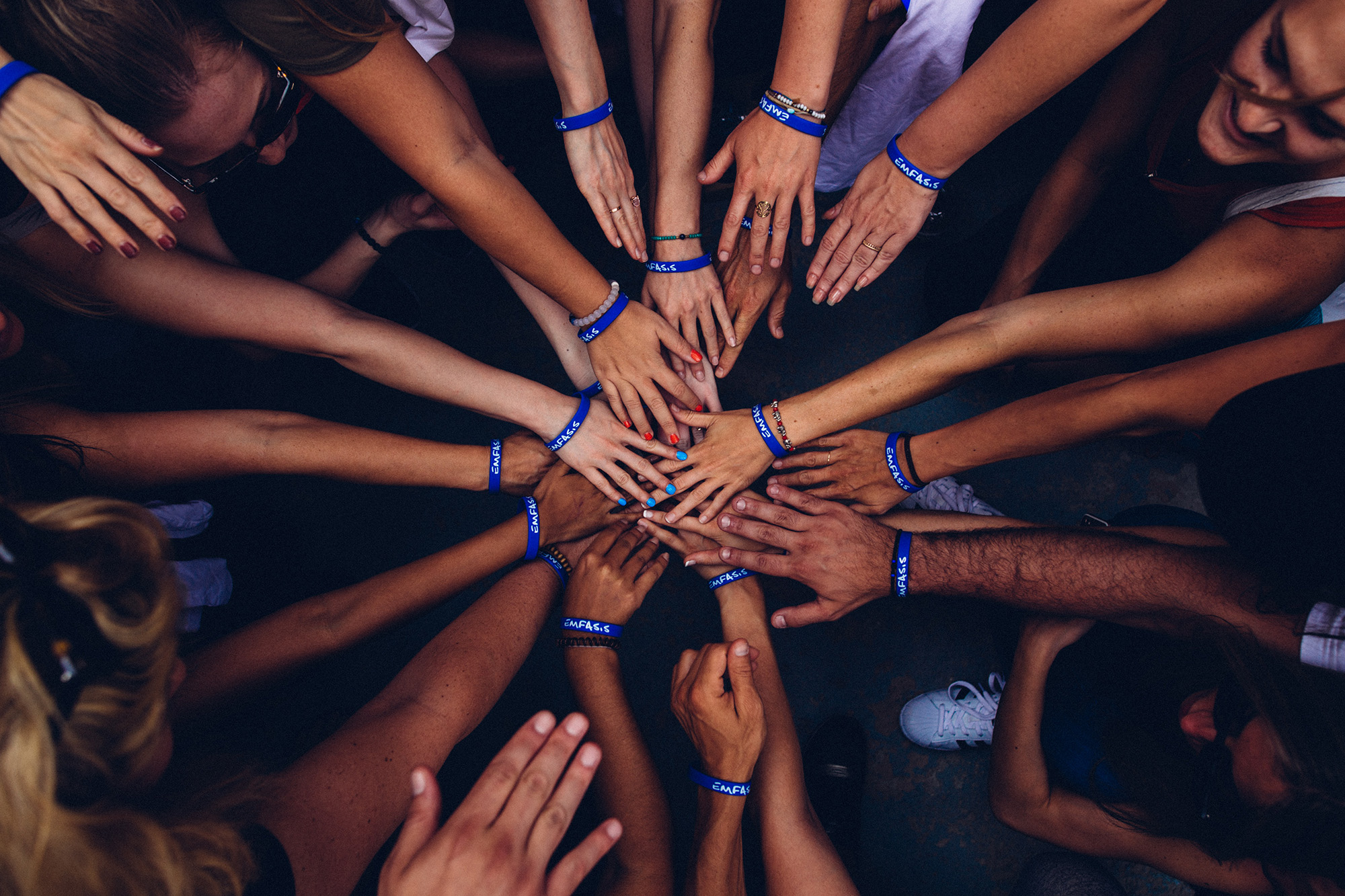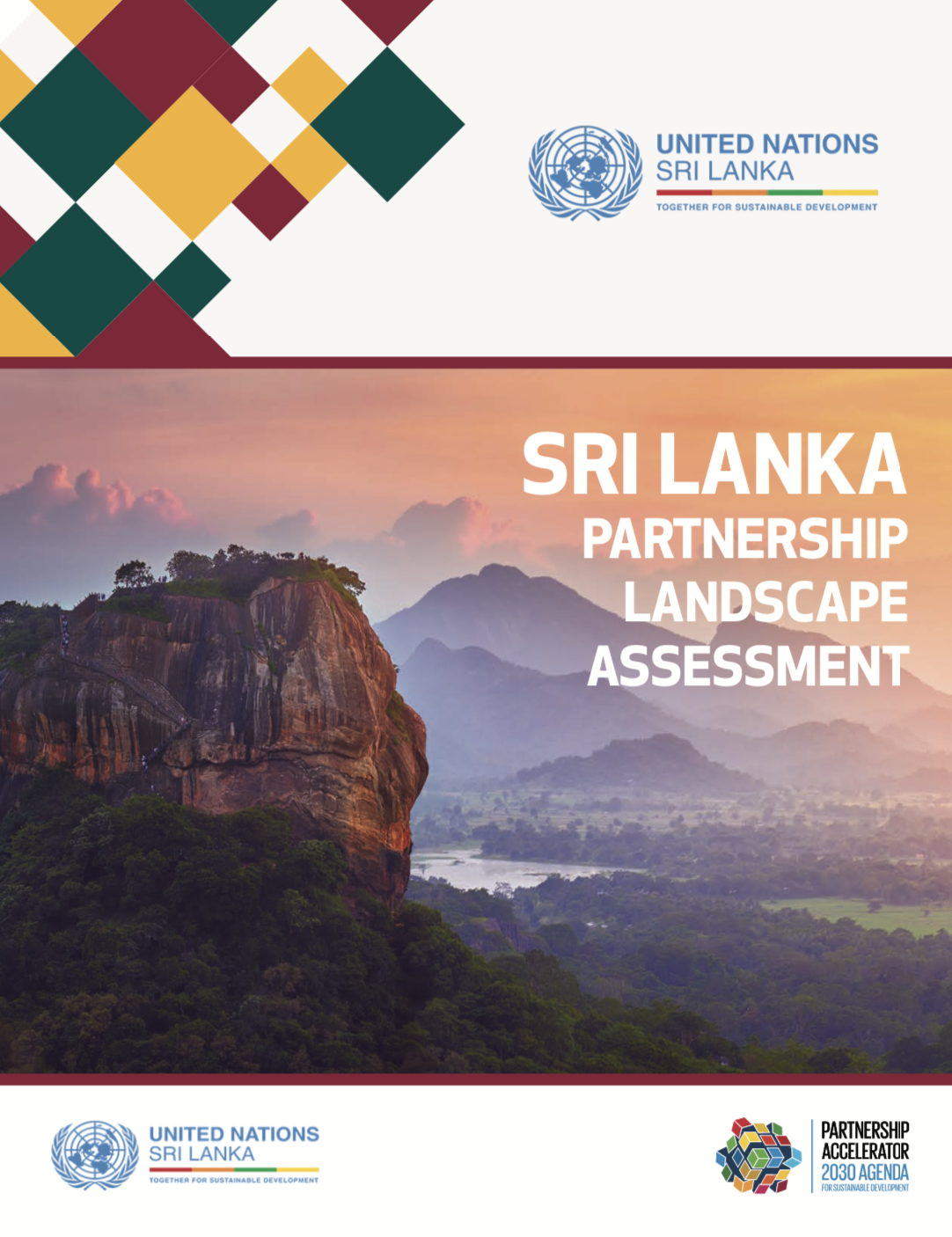Sri Lanka Partnership Landscape Assessment
Publication Year: 2021 Publisher: UN RCO Sri Lanka, UN DESA, The Partnering InitiativeRelated Goals

Multi-stakeholder partnerships
Background
The 2030 Agenda for Sustainable Development is built on a fundamental shift in approach to development as it seeks to engage the unique roles and resources of all sectors of society and requiring extensive collaboration across sectors to achieve its ambitious goals. Partnerships for the Sustainable Development Goals (SDGs) are multi-stakeholder initiatives voluntarily undertaken by Governments, intergovernmental organizations, and other stakeholders, and whose efforts are contributing to the implementation the 2030 Agenda.
SDG 17, which reads “Strengthen the means of implementation and revitalize the Global Partnership for Sustainable Development”, recognizes multi-stakeholder partnerships (MSPs) as important vehicles for mobilizing and sharing knowledge, expertise, technologies and financial resources to support the achievement of the SDGs in all countries, particularly developing countries. Goal 17 further seek to encourage and promote effective public, public-private and civil society partnerships, building on the experience and resourcing strategies of partnerships.
The UN in Sri Lanka is working with the GOSL and partners to help alleviate the health and socio-economic consequences of the pandemic. In support of these efforts, the UN Resident Coordinator’s Office in Sri Lanka, in collaboration with the 2030 Agenda Partnership Accelerator, will be engaging a broad range of stakeholders, including the GOSL, the UN system, academia, private sector, and civil society, to support the implementation of the SDGs and building back better, by enhancing cooperation among sectors and stakeholders, and inspiring new multi-stakeholder initiatives.
As an output of this process, a Sri Lanka Partnership Roadmap will be produced, capturing ideas for new partnerships that emerged from the landscape assessment, the Forum discussions and its preparatory virtual workshops, partnership good practices, and a mapping of actors engaged in partnerships and development in Sri Lanka. The present Partnership Landscape Assessment is a part of this support, and aims to identify:
- An overview of development actors engaged in partnerships within Sri Lanka’s socio-economic landscape.
- An overview of existing key partnerships and actions that are taking place.
- Existing mechanisms for engaging stakeholders and sectors towards the SDGs in Sri Lanka.
- Thematic areas and issues where there are strong potential for new partnerships across sectors in Sri Lanka, and with regional and global institutions and donors.
Sri Lanka, an island nation with a population of nearly 22 million people, is a lower-middle-income country with a GDP per capita of USD 3,852/-5. Prior to the pandemic, the economy was in a transitory stage; from a predominantly rural-based economy towards a more urbanized economy oriented around manufacturing and services6. Social indicators ranked the nation among the highest in South Asia, and compared favourably with other middle-income countries

